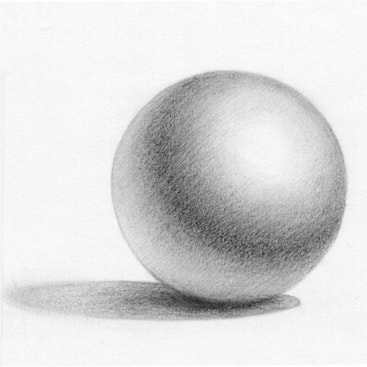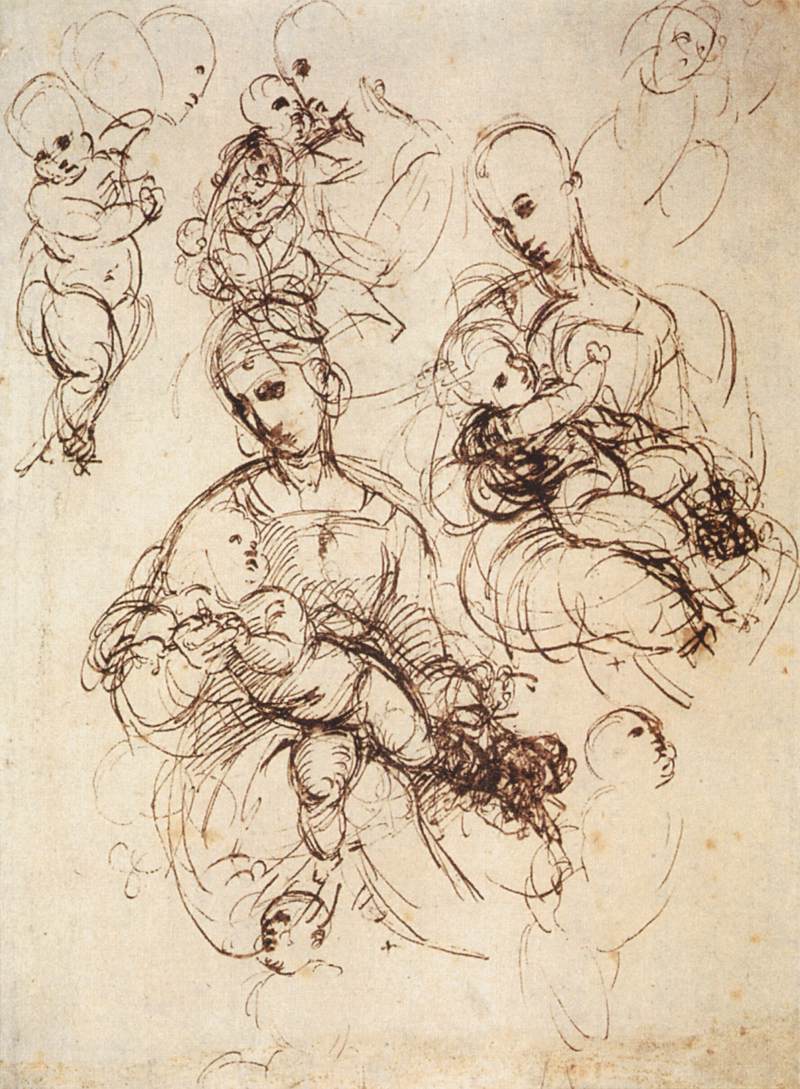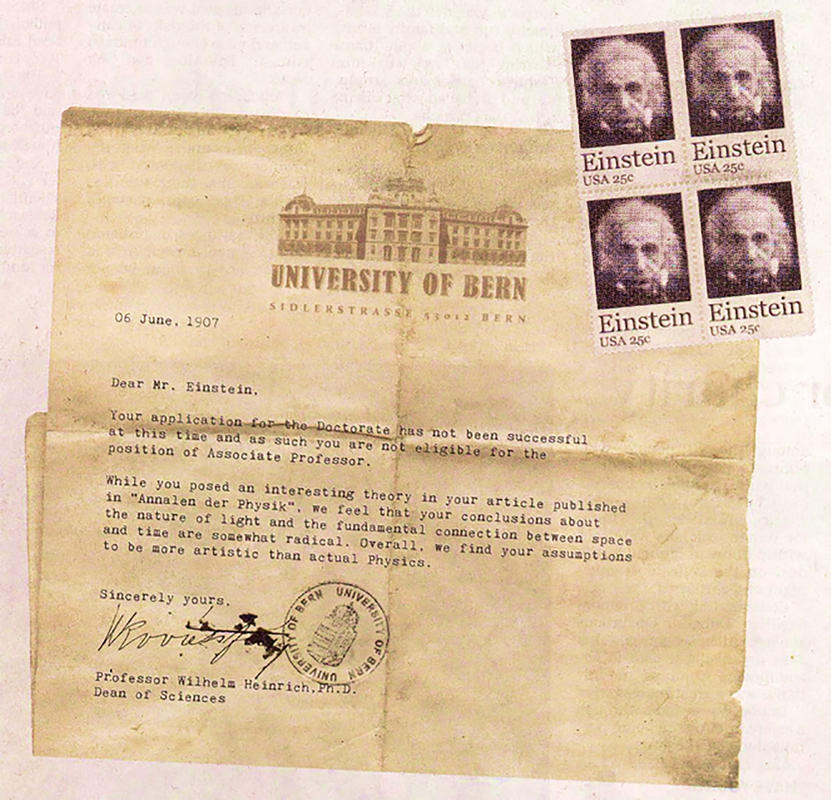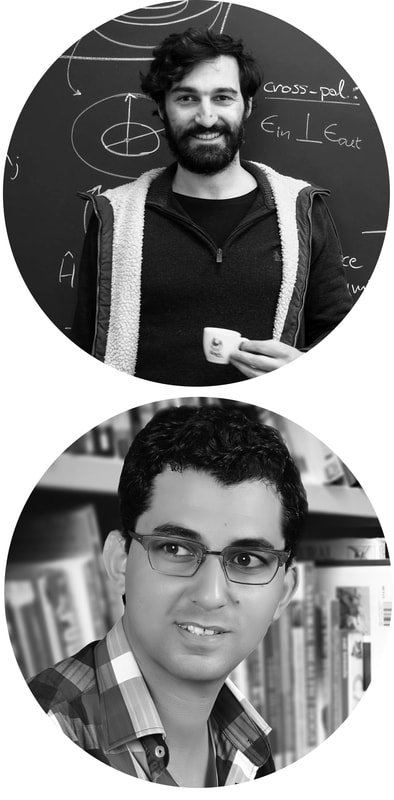|
Stefanos
In his blog entry from last week, Diaa touches upon the issue of directionality in the exchange between art and science. Apart from providing inspiration for artists, science often entails procedures that generate data that can be visualized (or sonified) artistically. These procedures are frequently used as tools for generating art. This has the potential of advancing both artistic methodology and science popularization (although, as Yana insightfully points out in her blog entry, it can also lead to inadvertent caricaturing). Like Diaa, I am interested in science that has art as its input. Can the scientific study of art reveal hitherto unknown elements of art and its creation, and perhaps even elements of the nature of human creativity? I think this is an important question to ask. Below I discuss a few inquiries I found in the scientific literature that I think are relevant. Perhaps one of the most famous examples of modern science applied to art was the discovery of fractals in paintings by Jackson Pollock. I find this case important, because it was of practical consequence: quantitative analysis using methods of physics was used to correctly distinguish between original Pollock pieces and fakes. Quantitative studies are often focused on large-scale categorization of art. Very recent work has used the notions of entropy (in its information-theoretic sense) and statistical complexity to categorize visual art and to extract trends in its evolution throughout history. Visual art also offers an important benchmark for computer vision. Methods from machine learning can be successful in style recognition and style transfer, and can even generate some pretty good abstract expressionism. Despite these successes, extracting meaningful context out of text or images is still a great open challenge in artificial intelligence. What else can we learn by analyzing an art piece with scientifically rigorous procedures, apart from what style it is, in which period it was created, how complex its structure is, or whether computers can adopt and recreate its style? Like the fractal dimension of Pollock’s works, could it be that there are “hidden” dimensions in other artists’ works that we have not appreciated yet? Can the discovery of these dimensions teach us something we did not know about their process or their motives? I think it is very intriguing to explore art in this way. One can only imagine what structures may be laying undetected in masterpieces, cunningly and purposefully (or accidentally!) hidden there by the creators.
Diaa
In our second week, I would like to shed light on a very basic level and illustrate how scientific procedures interact with artistic creation processes. In fact scientific thinking in visual arts have very long historical roots, in which artists deeply contributed to generate knowledge. Leonardo Da Vinci, for instance, emphasized the corpuscles as a unit of light before Newton by 200 years. Light as an element in visual arts has passed several phases to be treated by artists’ styles and skills. However, one of the most important significant shifts regarding using light was implemented by Impressionists in their first attempt to literally apply the Newton's light law. They only used the original seven color bands of the light spectrum separately without any level of mixing in order to figure out our colored vision consisted of those seven bands. When Claude Menu painted rouen cathedral, he definitely had not intention to draw the cathedral itself, rather, he was looking for monitoring the light’s waves changes through the daily hours and how these changes affect our visual perception. Indeed his attempts were artistic practices-based research! Not just paintings! Although this considerable shift, the final work still limited on the canvas. What happened in the New-Media Arts is leaving the illusion of reality and concentrates on the function of reality. By this shift artworks could be used to generate real investigations as they are built based real functions.
In this way, we transferred from illusion to the function and, therefore, this transition has lead to paradigm conceptual, technical, and aesthetic shifts.
In fact, I am not talking about the history of light usage in visual arts, but i am taking it just as an example to show how the artistic creation processes converted from skills of illusion to skills of building reality, from mimicking the visual appearance to mimicking the real function of the object. Within this context, the artwork became as a mixer that combines several disciplines to reinterpret them in a unified setup in order to generate new generation of knowledge based real experience, in which audiences are a part of it.
0 Comments
Stefanos When I was 8 or 9 years old, whenever someone asked me what I want to be when I grow up, I replied ‘video game developer’. It made sense: I was obsessed with my Game Boy and The Legend of Zelda, so making my own worlds and adventures and heroes seemed like the best career imaginable. For better or worse, there was not much of a job market on such things in the tiny village I grew up in in rural Greece. I doubt there was even a single computer there at the time and I am certain nobody knew what a ‘programmer’ does, so I got very perplexed looks when I told people of my aspiration. Throughout childhood I was exposed to a lot of great music through my mom and uncle and their friends. I still remember what a revelation it was to listen to Jean Michel Jarre’s Oxygene for the first time. It totally blew my mind. I remember asking my mom where these otherworldly ‘sounds’ come from. She told me it was from synthesizers. How do synthesizers make these sounds? They are programmed. Just like Zelda. In abstract terms, my childhood impulse to explore the world of Zelda, to design worlds like it for others to explore, to understand how Oxygene was made and to use that understanding to make new cool sounds, is the impulse to explore an intellectual world, figure out its rules and take on its challenges, and create new worlds with their own rules and challenges. In this sense, it is a very common impulse, shared by many people working in a variety of fields. It is also the same one that drives my science today. I had no idea of this commonality in my Zelda days. How can we expose common modes of thinking across disciplines? One approach that I find useful is to focus on exposing creative procedures rather than their end products - the design of a fun video game level, the synth wiring that generates a cool sound, the process that yields a captivating art piece, the algorithm that solves a hard problem. For example, sketches by the grandmasters of painting (like the one by Raphael above) are valuable, because they reveal how they arrived at their masterpieces. Pivotal scientific discoveries can be treated the same way. We can work collaboratively to build a dictionary that will allow future practitioners, teachers, and students to “translate” between counterpart concepts in seemingly disparate fields. We are in the very early stages of this process, and hence it often seems vague and ill-defined. But I believe that in time there will be sufficient vocabulary to become fluent in this translation. I am certainly not the only scientist who thinks this way. Diaa Although the relationship between the Arts, sciences, and technology has a long history, the role of every one of them to affect each other still controversial due to main two reasons. First, the ongoing scientific mutations and innovative technology that always impose new challenges in front of the artists and scientists to develop/reinterpret this relationship. Second, the natural path of this relationship within the context of the exchanging processes between the Arts and sciences, in which several interdisciplinary methodological approaches must be investigated. Actually, I am interested to be integrated in such cross-disciplinary collaboration not only to produce an interdisciplinary artistic project as an artist, but mainly to investigate the processes of the artistic creation under the umbrella of this relationship. In fact, the traditional path of this relationship usually goes from science to the arts to the extent that it can be seen as an intrusive relationship, in which artists use scientific techniques only in order to achieve a level of advancement in their visual scenes. For me, I am not totally looking for such path. On the other hand, several leading experiments and discussions, particularly in last 10 years, have been raised around the second and the most interesting and creative path that goes from the arts to sciences, in which unlimited approaches would be found to answer the question: How can the arts enrich sciences?! This is what I am looking for. As a specialist in Sciences of visual Arts, I am interested to figure out the nature of feed that can be produced in the artistic studios and New-Media Arts labs to be used in sciences, how can artistic practice-based research be a source/reference of scientific knowledge?! Perhaps Albert Einstein was one of the most prominent scientists in the modern sciences who may reached such an advanced level of the convergence/intersection between the arts and sciences in through his scientific imagination to process his thoughts to the extent that the scientific committee at the University of Bern rejected his application as an associate professor in 1907, where they felt a strong artistic sense of his scientific assumption. Perhaps their decision was reasonable in that time. Who could possibly imagine that the relationship between the arts and science will reach its current contemporary phase of intersection? In which science can be found in the core of some current artistic practices, and the arts can be derived from several current scientific disciplines! Through this virtual residence and with my honorable residence mate Stefanos, as we share several common interests, I am looking for investigating several interdisciplinary historical, technical, and conceptual processes that can foster deep understanding of the nature of the knowledge creation processes derived from the artistic practice-based research
|





